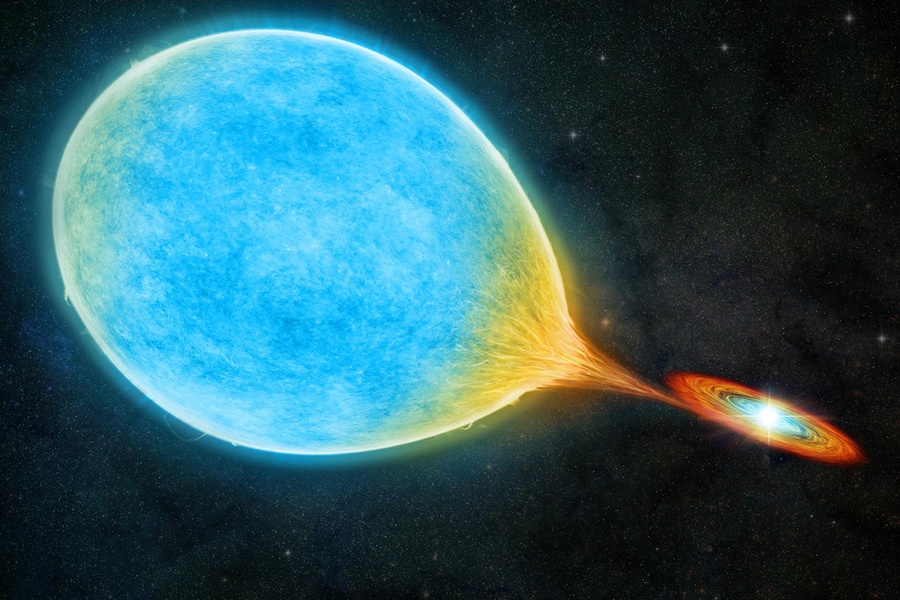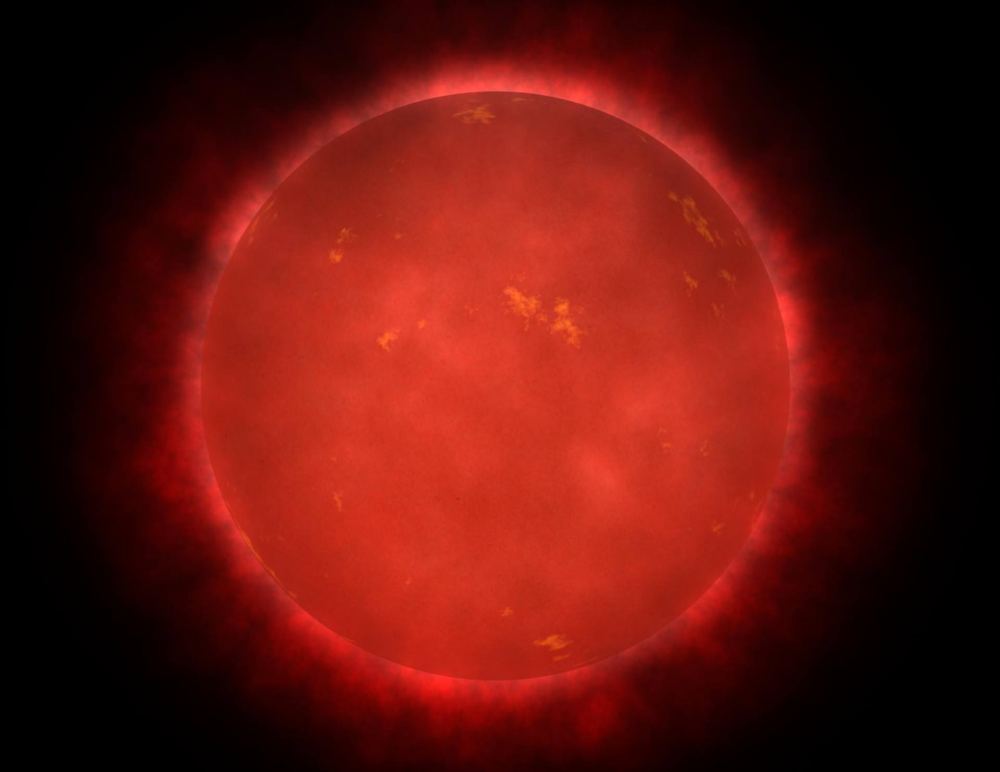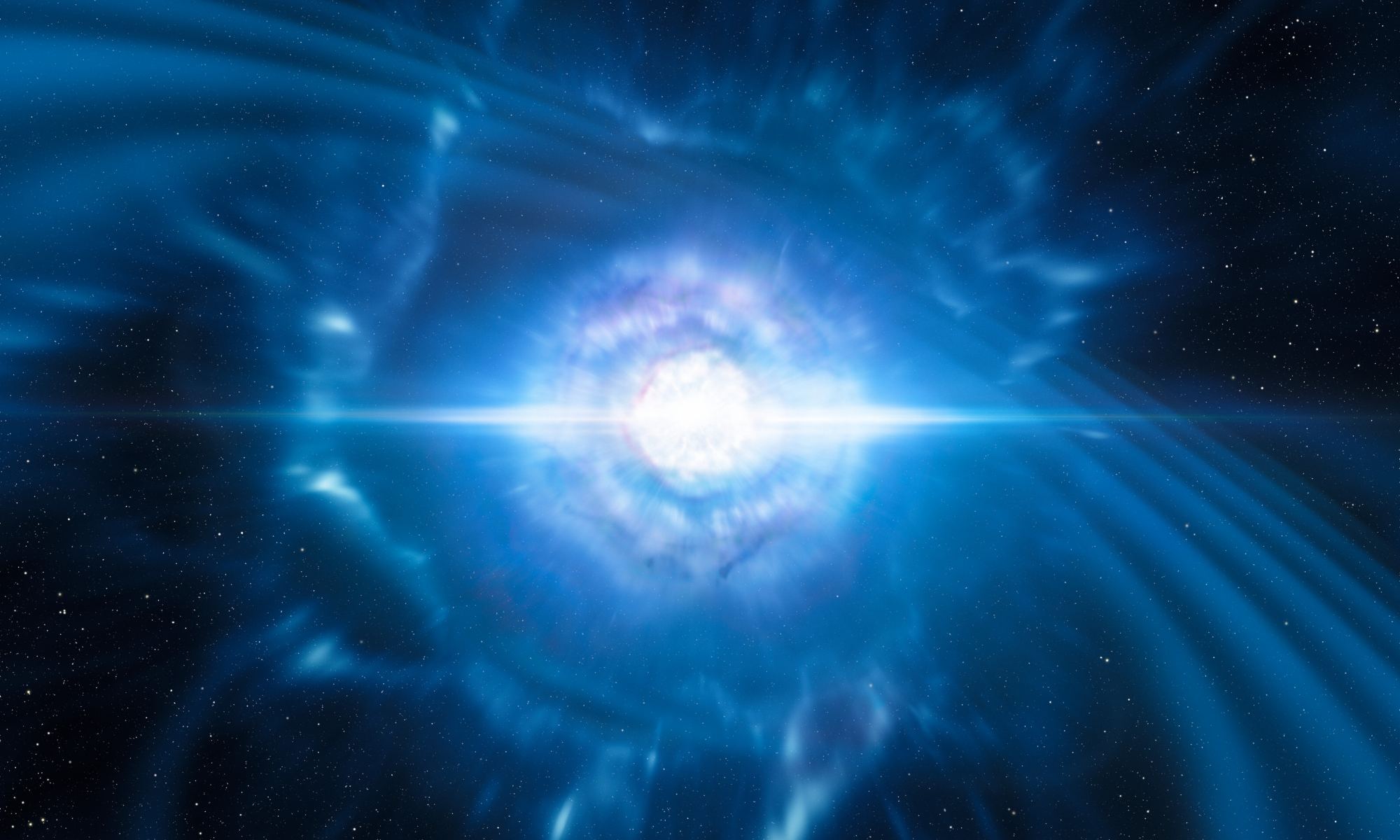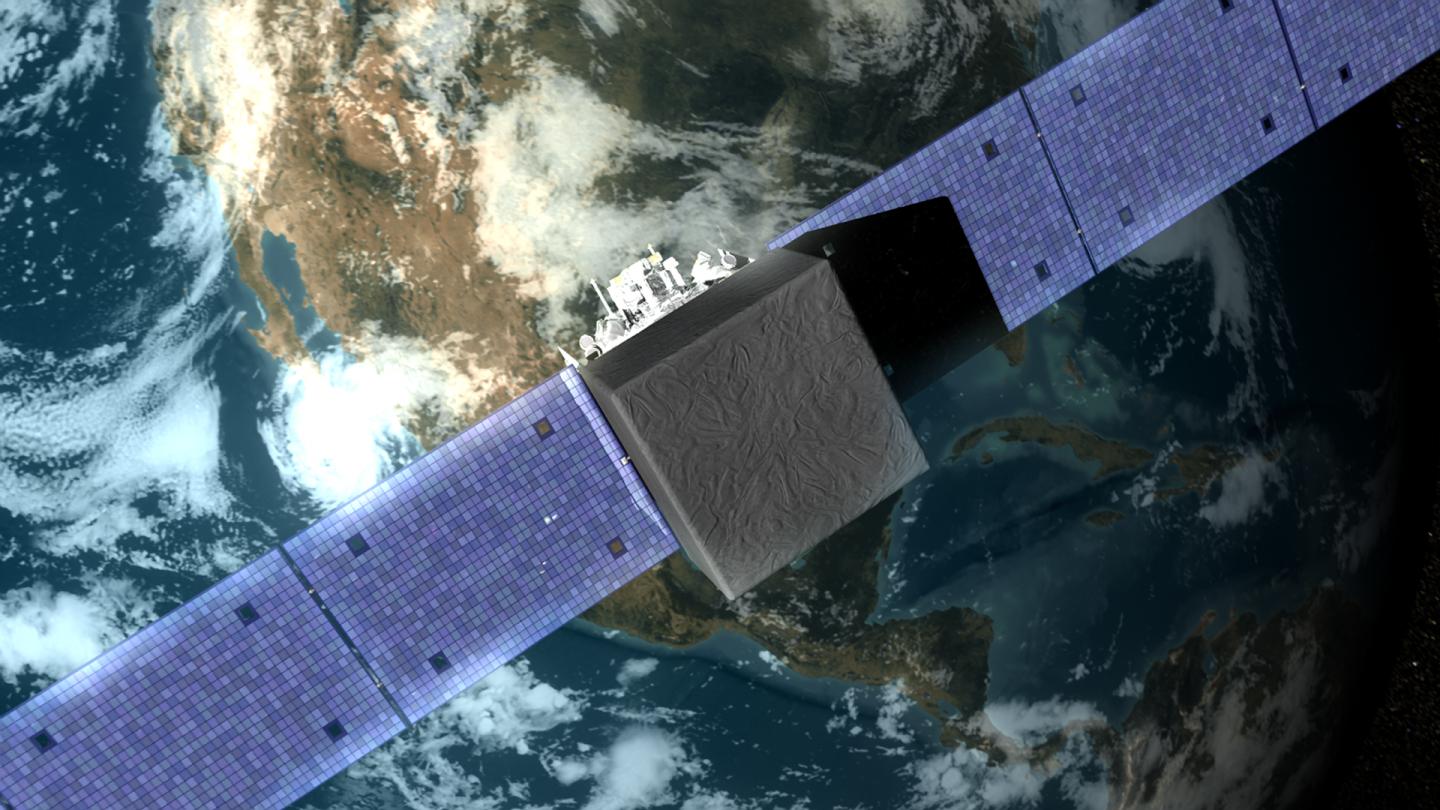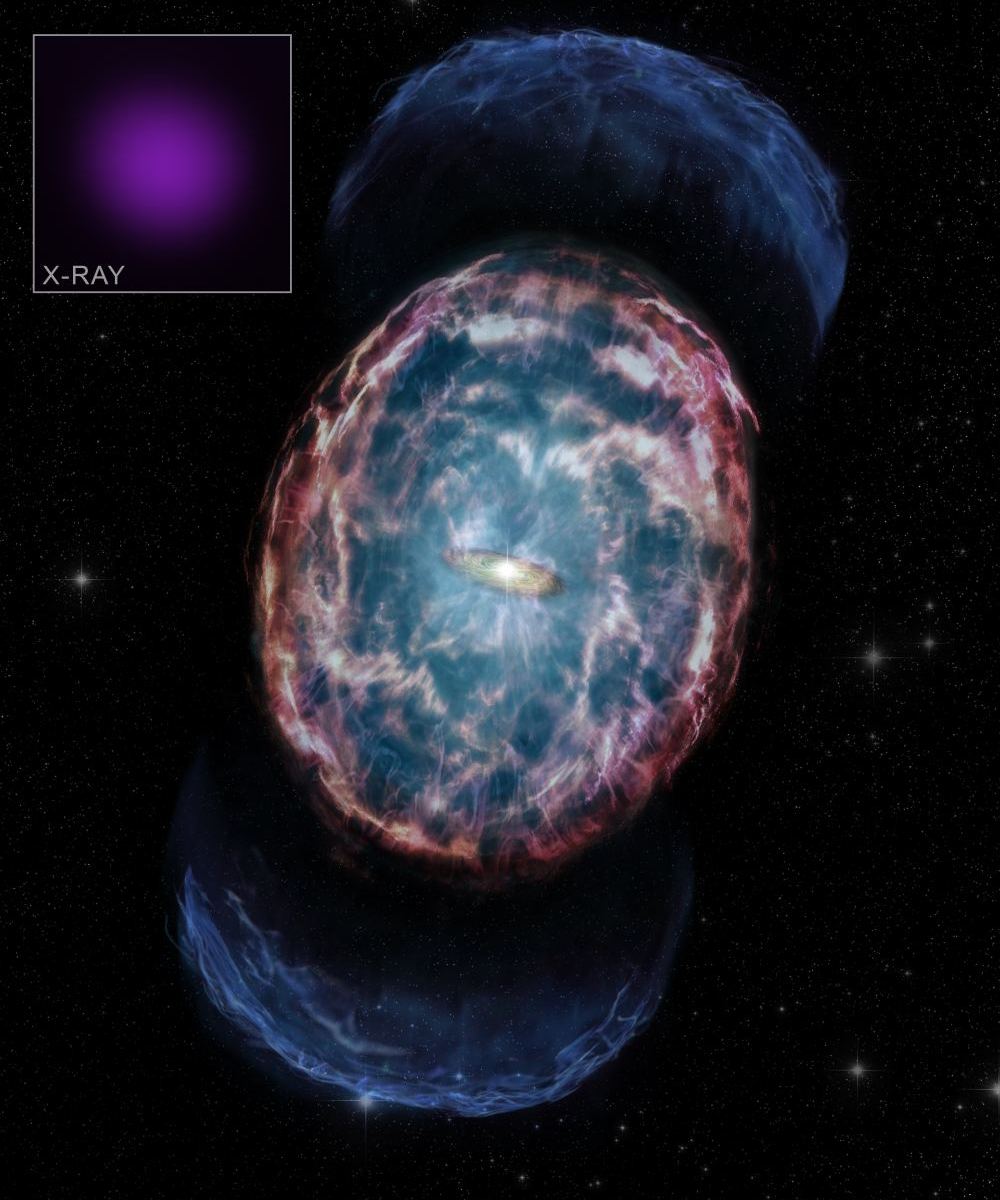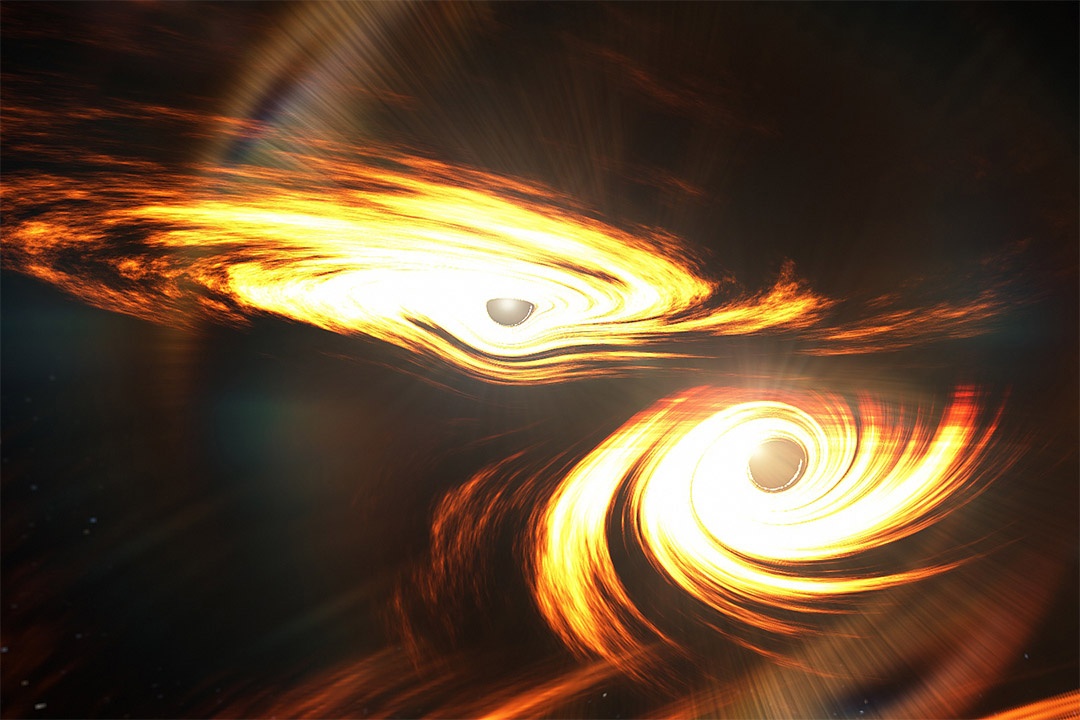In 2016, scientists at the Laser Interferometer Gravitational-Wave Observatory (LIGO) announced that they had made the first confirmed detection of gravitational waves (GWs). This discovery confirmed a prediction made a century before by Einstein and his Theory of General Relativity and opened the door to a whole new field of astrophysical research. By studying the waves caused by the merger of massive objects, scientists could probe the interior of neutron stars, detect dark matter, and discover new particles around supermassive black holes (SMBHs).
According to new research led by the Advanced Propulsion Laboratory at Applied Physics (APL-AP), GWs could also be used in the Search for Extraterrestrial Intelligence (SETI). As they state in their paper, LIGO and other observatories (like Virgo and KAGRA) have the potential to look for GWs created by Rapid And/or Massive Accelerating spacecraft (RAMAcraft). By combining the power of these and next-generation observatories, we could create a RAMAcraft Detection And Ranging (RAMADAR) system that could probe all the stars in the Milky Way (100 to 200 billion) for signs of warp-drive-like signatures.
Continue reading “Gravitational Wave Observatories Could Search for Warp Drive Signatures”


